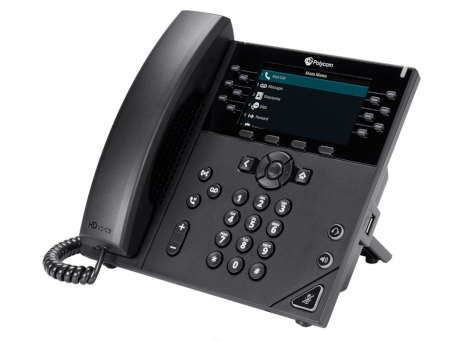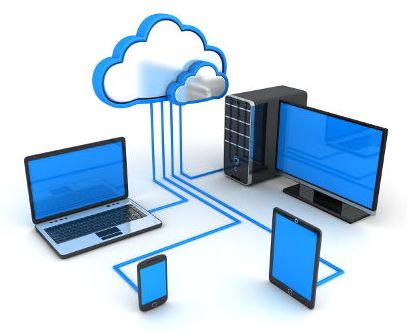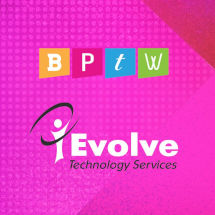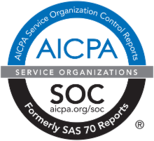The popularity of remote work has increased steadily since 2005. Per Global Workplace Analytics, the latest in telecommuting statistics state that: "Regular work-at-home, among the non-self-employed population, has grown by 115% since 2005, nearly 10x faster than the rest of the workforce."

Not only is it a popular job perk, but there are several benefits of a remote team. They are:
- Ability to hire the best talent, regardless of location.
- Providing clients with more comprehensive support coverage.
- Productive uptime during times of severe weather or other external limitations.
- Better work/life balance, including:
- Adding hours into the day by removing a commute
- Creating a more flexible schedule for working parents
- Enabling work outside of general working hours
The following are 4 strategies to build a top-notch remote workforce:
1. Hire the Right Talent
Finding and on-boarding talent can be a challenge for any business. Finding the right talent for a remote workplace can be even more difficult. There are specific skills to look for in a candidate as well as effective steps to on-board your talent that can makes things easier. When evaluating potential talent, be sure to ask questions that will provide an understanding of their past work experience. Questions like:
- "Have you worked in a remote job before?"
- "Have you ever been in business for yourself?"
- "Have you made lateral moves within the same company?"
Schedule an in-person interview and look for other qualities indicative of a good remote workforce candidate. Is the applicant OK with asking for help? Gauge this by noticing if they probe with questions seeking clarity during the interview. Set clear expectations of the job role early in the interview process. This will help you both understand if there is a good mutual fit.
On-boarding your talent is another integral step. In order to ensure success, provide training opportunities on platforms and tools, provide playbooks for internal processes, SOPs (standard operating procedures) that must be followed, and any SLAs (service level agreements) that must be met. It will be important for your remote new hire to also have someone they can shadow for a brief period of time to help them get acclimated. The new associate’s mentor should be someone who is willing and able to teach them the ropes and someone they can depend on to answer questions as they progress.
2. Align Company Culture
Build a culture of leadership and empower your remote workers by providing autonomy. Ensure your management team is ready to provide that autonomy while providing support as needed. Nothing’s more disheartening to a new employee than being micromanaged by someone who is many miles away. Instead, give appropriate support and be sure the remote associate feels included in the team. Provide some fun! Setting up event functions like going to a movie, a cocktail hour, or perhaps something that promotes team building like an escape room, can help bring people together for fun and provide an opportunity to break away and bond.
If remote workers are too far away from each other, try inventive ways to bring them together such as setting up an Xbox for your ‘gamer workforce’. This way they can play and challenge each other while enjoying some fun during their lunch breaks or after hours.
Encourage conversation and create a way to say "Thank You". Set up a virtual water cooler. This will help manage morale and build comradery. Use a group chat tool to establish a friendly, casual place to post updates about work, life, and of course, memes. (We all know a high-quality meme can bring a smile that may turn a day around.) With just a little effort, you can create a sense of connection that can also bolster your remote employee’s motivation.
3. Foster Effective Communication
Communication is a major key to remote workforce success. Anyone who has ever experienced working remotely can attest to this statement. Ensure you have the proper channels in place to streamline information and open the door for transparency and communication amongst all your workforce. Incorporate daily communication through the use of internal chat tools, quick check-ins, and visibility into each other’s calendars.
Processes and documentation are important factors of effective communication for a remote workforce. You cannot be efficient without process. When processes are well documented, trained, and transparent, the result can mean the difference between a customer and a raving fan. Ensure your remote workforce has a clear understanding of business processes. Set clear expectations of service level agreements and transparency of metrics and KPIs gathered.
4. Invest in Efficient Technology
Today’s technology will empower your remote workforce. Procure simple-to-use tools such as i-VDesktop, i-Communicate VoIP, and VPN access to help manage service delivery, communications, and resources in a safe and secure manner. Added bonus if you can obtain a suite of business solutions from a single vendor such as I-Evolve. The convenience of working with a minimum number of vendors can enable your remote team to level up.
At the end of the day, focus on the basics. Ensure you’re getting the right candidates through the door, align your company culture, encourage communication and reward for it. These fundamentals, along with using the right tools, will set your remote team up for success.
-Colleen Stortecky








